Smog tightens chokehold on more Punjab cities
Authorities enforce road closures, public health measures as toxic haze spreads
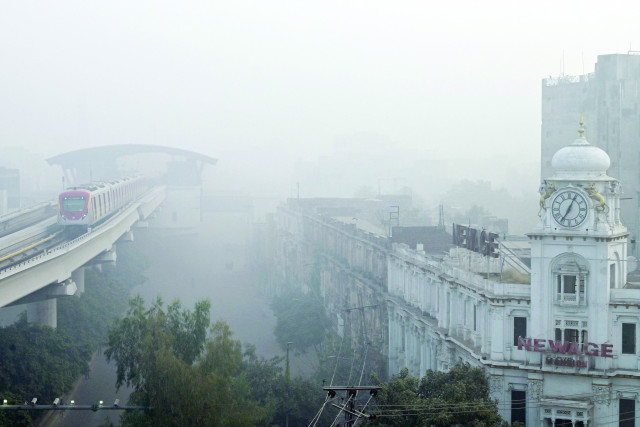
The relentless smog that has smothered several Punjab cities appeared to be spreading its toxic grip across other parts of the country on Saturday while wreaking havoc on transportation and triggering lockdown-like restrictions.
As Lahore remains the most polluted city on the global charts, the dense haze shows no sign of letting up, grounding train schedules, causing motorways to shut down, and impacting daily life.
Following Lahore, other cities rank high on the pollution scale. Multan leads with an alarming 2135 AQI, while Peshawar, Islamabad, and other cities also report high pollution levels.
On Saturday, air movement around Lahore was recorded at 4 km per hour, while Multan's was at 6 km per hour, moving north to south. The smog continues to worsen due to easterly winds from Indian regions including Chandigarh, Saharanpur, Delhi, Haryana, Jalandhar, Jaipur and Jodhpur.
According to meteorologists, the intense smog is expected to persist for the next two to three days, although a shift in wind direction from west to east around 3 pm might bring some relief.
Meanwhile, in response to the worsening situation, authorities have shut down various parts of the motorway network. The M-5 Motorway from Multan to Zahir Peer has been temporarily closed due to reduced visibility.
To ensure public safety and secure travel, motorway authorities have imposed travel restrictions.
According to the motorway spokesperson, motorways are closed to protect public safety and ensure secure travel. Road users have been advised to travel during daylight hours, with the most favourable travel times being from 10 am to 6 pm, when fog conditions are less severe.
Drivers are encouraged to use fog lights both in front and behind their vehicles for better visibility.
Motorway police urge road users to avoid unnecessary travel and refrain from speeding. It is also recommended to maintain a safe distance from the vehicle ahead, given the reduced visibility. For assistance and information, motorists can contact the helpline at 130.
Meanwhile, the Punjab government has launched an anti-smog operation, including water sprinkling on roads, waste removal, and the demolition of brick kilns operating without zigzag technology.
Factories violating environmental laws and emitting smoke are being sealed, with further actions underway to curb pollution.
Senior Provincial Minister Marriyum Aurangzeb has urged citizens to wear masks and avoid unnecessary outings, particularly advising parents to keep children indoors.
"Skipping school does not mean a holiday; follow safety measures to protect yourself and others," she appealed.
Moreover, the government has ordered the closure of parks, recreational sites, and museums from November 8 to 17. Violators may face fines or arrests under environmental laws.
Additionally, an inspection of generators in private institutions in Lahore led to action against smoke-emitting generators and vehicles.
Authorities impounded 47 vehicles, fined 31, and imposed penalties totalling Rs550,000.
Environmental violations by various food stalls and outlets have led to their sealing, and continuous water sprinkling is underway throughout the city.
However, on the other hand, plans for artificial rain to reduce Lahore's smog, initially scheduled for November 11-13, have been delayed.
The environmental department had hoped for a conducive forecast with 50% cloud cover, yet the Meteorological Department's latest prediction suggests only a 30% chance.
As the buses and trains continue to face delays, a report by Punjab's Urban Unit showed that the transportation sector was the main contributor to air pollution, accounting for 83.15% due to vehicle emissions.
Industrial activities contribute 9.07%, crop residue burning 3.9%, and garbage burning 3.6%, while emissions from households and commercial buildings remain relatively low at 0.11% and 0.14%, respectively.
Experts have called for strict measures in the transport sector and encourage public adoption of eco-friendly vehicles and support for governmental policies.


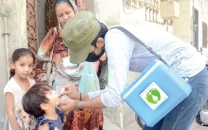
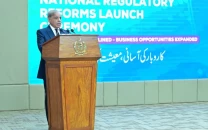
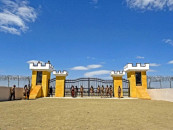
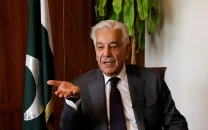












COMMENTS
Comments are moderated and generally will be posted if they are on-topic and not abusive.
For more information, please see our Comments FAQ